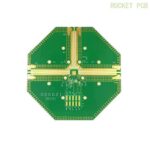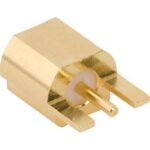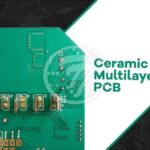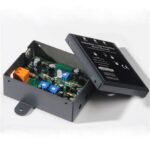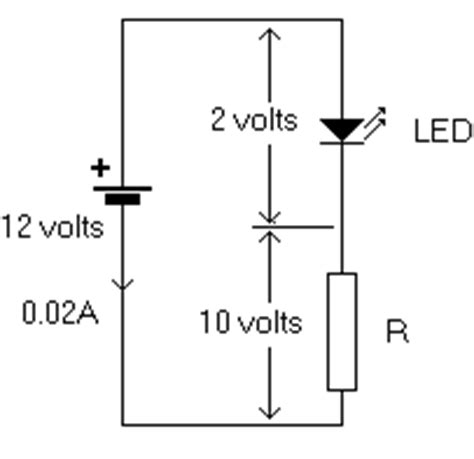
ALL ABOUT FLEX PCB
-
LEDs circuit board: 7 things you need to know
Posted by
–
 Read more: LEDs circuit board: 7 things you need to know
Read more: LEDs circuit board: 7 things you need to know1. Understanding the Basics of LEDs 1.1 What are LEDs? LEDs are semiconductor devices that emit light when an electric current passes through them. They consist of a p-n junction, where electrons flow from the n-type material to the p-type material, releasing energy in the form of photons. LEDs are […]
-
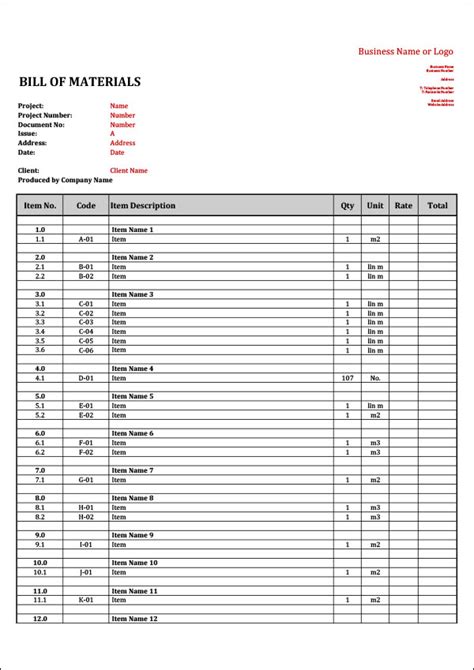 Read more: Box File – Methods of Designing a Bill of Materials Type File
Read more: Box File – Methods of Designing a Bill of Materials Type FileWhat is a Bill of Materials? A Bill of Materials (BOM) is a comprehensive list of all the components, parts, and materials required to manufacture a product. It serves as a crucial document in the production process, ensuring that all necessary items are accounted for and available when needed. The […]
-
Piezo Circuits: A Detailed Overview About It
Posted by
–
 Read more: Piezo Circuits: A Detailed Overview About It
Read more: Piezo Circuits: A Detailed Overview About ItWhat are Piezoelectric Materials? Piezoelectric materials are a class of materials that exhibit the piezoelectric effect, which is the ability to generate an electric charge in response to applied mechanical stress. Conversely, these materials also exhibit the reverse piezoelectric effect, where they undergo mechanical deformation when exposed to an electric […]
-
Circuit Board Components
Posted by
–
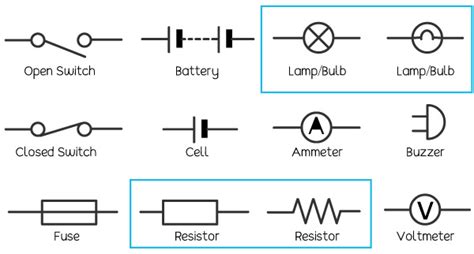 Read more: Circuit Board Components
Read more: Circuit Board ComponentsIntroduction to Circuit Components Circuit boards are the backbone of modern electronic devices. They are composed of various components that work together to perform specific functions. Understanding these components is crucial for anyone interested in electronics, whether you are a hobbyist, a student, or a professional. In this article, we […]
-
How thick is via plating
Posted by
–
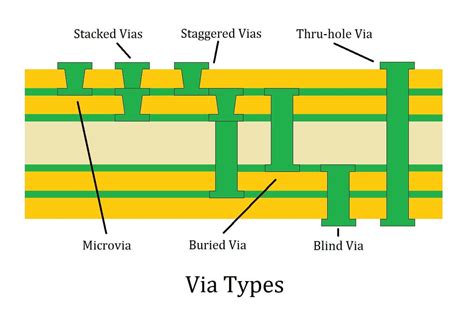 Read more: How thick is via plating
Read more: How thick is via platingWhat is Via Plating? Via plating is the process of depositing a conductive material, typically copper, onto the walls of drilled holes (vias) in a PCB. This conductive layer allows electrical signals to pass from one layer of the PCB to another, creating interconnections between components on different layers. The […]
-
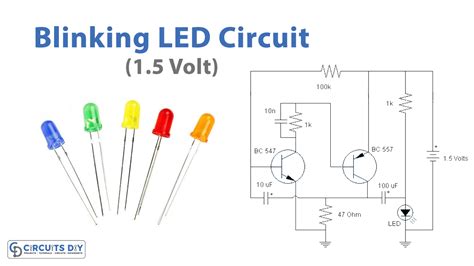 Read more: Pulsing LED Circuit: What It Is and How to Build One
Read more: Pulsing LED Circuit: What It Is and How to Build OneIntroduction to LED Circuits Light Emitting Diodes (LEDs) have revolutionized the world of electronics and lighting. These small, energy-efficient, and long-lasting components have found their way into countless applications, from simple indicator lights to complex displays. One of the most fascinating and visually appealing ways to use LEDs is by […]
-
HID Lighting Ballast: The Ultimate Guide
Posted by
–
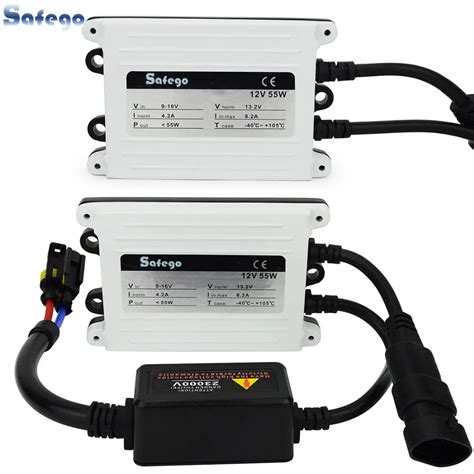 Read more: HID Lighting Ballast: The Ultimate Guide
Read more: HID Lighting Ballast: The Ultimate GuideWhat is an HID Ballast? An HID (High-Intensity Discharge) ballast is an electrical device that regulates the current and voltage supplied to an HID lamp. HID lamps, such as metal halide, high-pressure sodium, and mercury vapor lamps, require a ballast to start and maintain stable operation. The ballast provides the […]
-
PCB Assembly – How To Be More Professional
Posted by
–
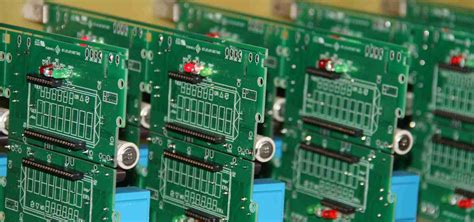 Read more: PCB Assembly – How To Be More Professional
Read more: PCB Assembly – How To Be More ProfessionalWhat is PCB Assembly? PCB (printed circuit board) assembly is the process of soldering or mounting electronic components onto a PCB. The PCB serves as the base that mechanically supports and electrically connects the components using conductive traces, pads, and other features. PCB assembly is a crucial step in electronics […]
-
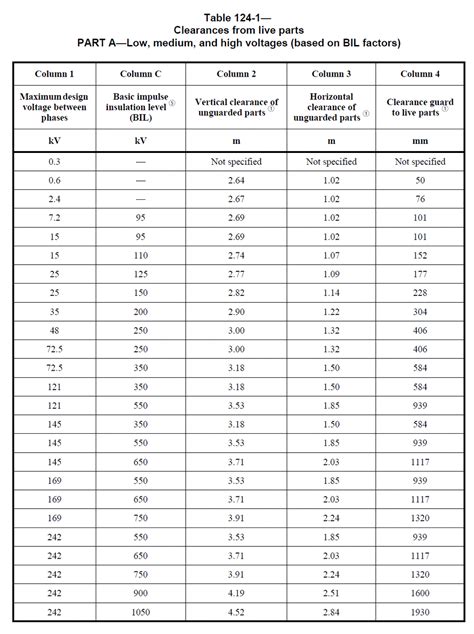 Read more: How To Use Wire Ampacity Calculator(Fundamentals)
Read more: How To Use Wire Ampacity Calculator(Fundamentals)What is Wire Ampacity? Wire ampacity refers to the maximum current-carrying capacity of an electrical conductor, such as a wire or cable, before the conductor sustains immediate or progressive deterioration. In other words, ampacity is the highest amount of electrical current a wire can safely handle without overheating or causing […]
-
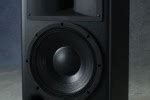 Read more: 5 Reasons why Plasma arc Speakers are the Most Amazing Speakers
Read more: 5 Reasons why Plasma arc Speakers are the Most Amazing SpeakersIntroduction to Plasma-arc-Speakers Plasma-arc-Speakers are a revolutionary new technology that is taking the audio world by storm. These speakers use a high-voltage electrical discharge to create a plasma arc, which produces sound waves that are unlike anything you’ve ever heard before. In this article, we’ll explore five reasons why Plasma-arc-Speakers […]
